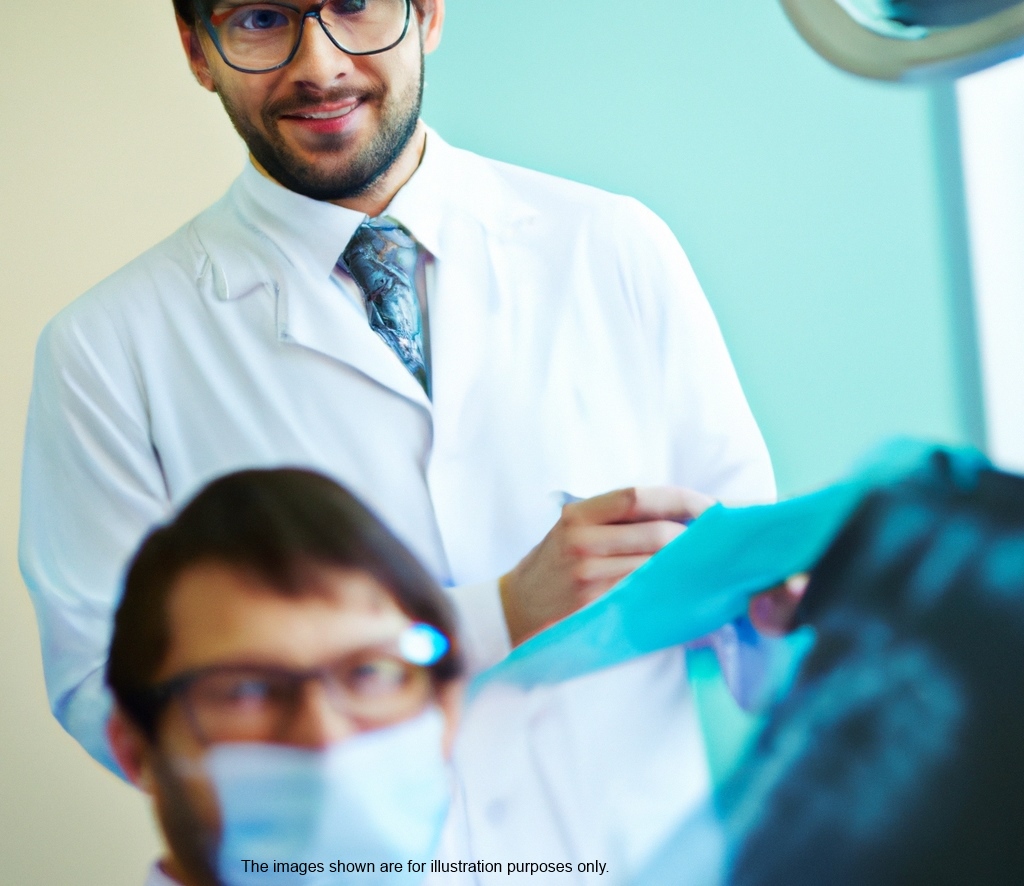Gallstones

Gallstones are solid, pebble-like formations that originate within the
gallbladder. They can vary in size from as small as a grain of sand to as
large as a golf ball.
Causes, Incidence, and Risk Factors
The formation of gallstones can be attributed to various causes. There are
primarily two types of gallstones:
• Cholesterol stones, which are the most prevalent type. Contrary to what
one might assume, these stones are unrelated to cholesterol levels in the
blood.
• Pigment stones, which are formed from bilirubin. This type of stone can
develop when red blood cells are being broken down (a process known as
hemolysis), leading to an excess of bilirubin in the bile.
Gallstones are more frequently observed in women, Native Americans,
Hispanics, and individuals over the age of 40. Additionally, gallstones may
have a familial predisposition.
The following factors may increase the likelihood of developing gallstones:
• Undergoing bone marrow or solid organ transplantation
• Having diabetes
• Experiencing inadequate emptying of the gallbladder, a condition more
prevalent during pregnancy
• Suffering from liver cirrhosis or biliary tract infections (which are
associated with pigment stones)
• Having medical conditions that result in excessive bilirubin production by
the liver, such as chronic hemolytic anemia (including sickle cell anemia)
• Rapid weight loss due to a very low-calorie diet or bariatric surgery
• Receiving long-term nutrition via intravenous feedings
Symptoms
Many individuals with gallstones remain asymptomatic. Gallstones are
frequently detected incidentally during routine x-rays, abdominal surgeries,
or other medical procedures.
However, when a large stone obstructs either the cystic duct or common bile
duct (a condition known as choledocholithiasis), it can cause cramping pain
in the upper middle to right abdomen, referred to as biliary colic. This
pain typically subsides when the stone passes into the duodenum (the first
part of the small intestine).
Common symptoms may include:
• Pain in the upper right or middle abdomen, which may be constant, sharp,
cramping, or dull, and may radiate to the back or below the right shoulder
blade
• Fever
• Jaundice (yellowing of the skin and whites of the eyes)
Other associated symptoms may include:
• Clay-colored stools
• Nausea and vomiting
It is imperative to consult a doctor if experiencing symptoms suggestive of
gallstones.
Signs and Tests
Various tests are utilized to detect gallstones or inflammation of the
gallbladder. These tests may include:
• Abdominal ultrasound
• Abdominal CT scan
• Endoscopic retrograde cholangiopancreatography (ERCP)
• Gallbladder radionuclide scan
• Endoscopic ultrasound
• Magnetic resonance cholangiopancreatography (MRCP)
• Percutaneous transhepatic cholangiogram (PTCA)
Additionally, blood tests such as bilirubin levels, liver function tests,
and pancreatic enzyme levels may be ordered by your doctor.
Treatment
SURGERY
For individuals with asymptomatic gallstones, surgery is typically
unnecessary unless symptoms develop. However, exceptions may apply for
patients who have undergone weight-loss surgery.
Generally, patients experiencing symptoms will require surgery either
immediately or after a brief observation period.
• Laparoscopic cholecystectomy is the most common surgical procedure
employed. This minimally invasive technique utilizes smaller incisions,
resulting in a quicker recovery. Patients often return home on the same day
as surgery or the following morning.
• Open cholecystectomy, which involves gallbladder removal through a larger
incision, was previously the standard procedure for uncomplicated cases but
is now less frequently performed.
Endoscopic retrograde cholangiopancreatography (ERCP) and sphincterotomy may
be performed to identify or treat gallstones in the common bile duct.
MEDICATION
Chenodeoxycholic acids (CDCA) or ursodeoxycholic acid (UDCA, ursodiol) may
be administered orally to dissolve cholesterol gallstones. However, this
treatment may take several years to be effective, and recurrence of stones
is possible after treatment cessation.
Rarely, chemicals may be infused into the gallbladder via a catheter to
rapidly dissolve cholesterol stones. This approach is seldom used due to its
complexity, potential toxicity of the chemicals, and the risk of stone
recurrence.
LITHOTRIPSY
Electrohydraulic shock wave lithotripsy (ESWL) of the gallbladder was
previously employed for select patients who were unsuitable candidates for
surgery. However, due to the high rate of stone recurrence, this treatment
is now rarely utilized.
Expectations (Prognosis)
Gallstones may develop in many individuals without causing symptoms, and the
likelihood of experiencing symptoms or complications is relatively low.
Following gallbladder surgery, the vast majority of patients do not
experience symptom recurrence (provided that the symptoms were indeed caused
by gallstones).
undo Common Diseases in Singapore